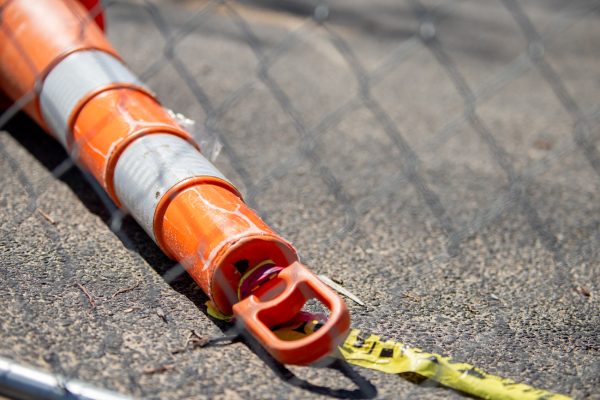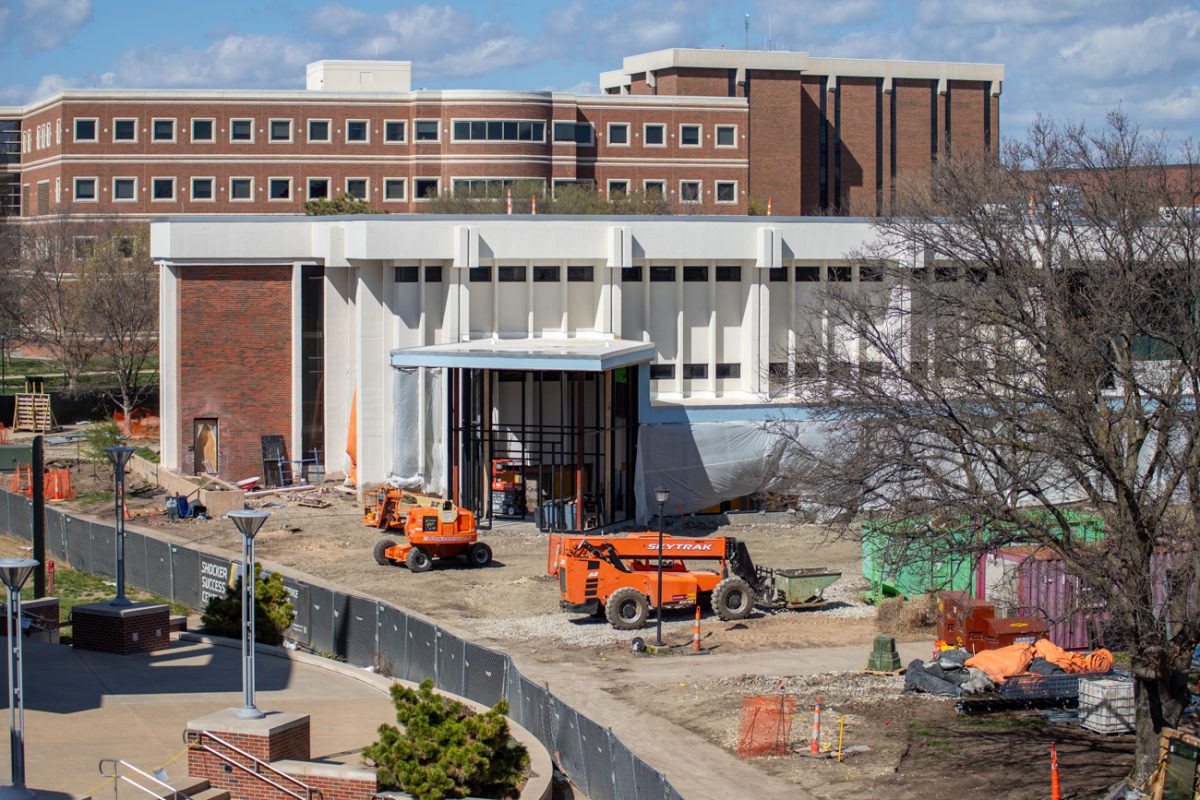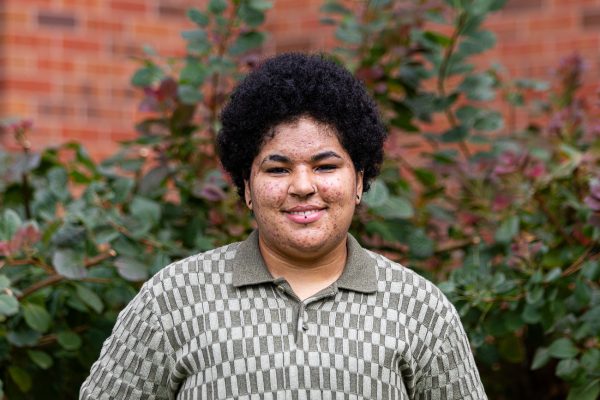For students trekking across campus to get to classes and community areas, the construction on campus in recent months has posed challenges in navigating walkways, courtyards and bike paths.
University administrators and construction planners say these inconveniences will be worthwhile once the new Shocker Success Center is opened later this year.
Teri Hall, vice president for student affairs on campus, is the principal planner for the Success Center which will be located in Clinton Hall, the former business building. Over 15 offices will be housed in the Success Center, many of which are currently distributed across campus.
“My hope is that it will be a space that a student might go in to do something, and think that, ‘Oh I might as well go to talk to an advisor,’” Hall said. “I’m hoping that it might lead students to get in touch with services that they may not have done before.”
Clinton Hall sits between Ablah Library and the RSC. Hall hopes that by being located between two central hubs on campus, the success center will inspire more students to utilize it.
Emily Patterson, executive director of facilities planning, expresses sympathy for the difficulties navigating campus recently, but says the construction will finish in June and the vehicles and fences will be removed.
Many of the other construction projects are part of a 10-year master plan to make improvements to campus.
“Kansas Board of Regents (KBOR) requires us every 10 years to fully update our vision in the 10-year master plan,” Patterson said. “The last one we completed was in 2014, and with the leadership changes, it was a good time for us.”
The university will take its draft of the current 10-year plan to KBOR in June, and then the plan will be posted to the university website for the public after the meeting.
For the implementation of the current master plan, Wichita State hired Gensler, the architecture company that worked on the Woolsey Hall construction.
One of the first projects to arrive from the 10-year plan will be the hub for advanced manufacturing and research building, which will be completed in fall 2025 and located on the Innovation Campus near Airbus.
The Marcus Welcome Center has also been under construction, as the Shocker Career Accelerator has been moved over from the John Bardo Center.

”That’ll provide a clear path for students that are coming to campus for their admissions tour,” Patterson said. “(To show them) what the future of a Shocker looks like from admission (to the university), through career developments, and eventually into a career.”
The additions to the Marcus Welcome Center will be completed at the end of the summer for incoming Shockers to experience.
Another aspect of the 10-year plan was to look into the conditions of buildings to find out which ones needed to be focused on and how to utilize campus space more efficiently.
University officials plan to demolish the buildings that don’t fit a specific purpose. The entire list will be available once the 10-year master plan is published.
“(The plan) gives us something to shoot for, in terms of what we want to become,” Hall said. “I think (the construction projects) sends a message to students about … how important they are and that the university is doing all that it can to help students be successful.”





